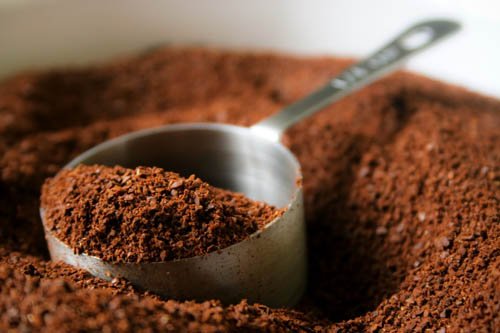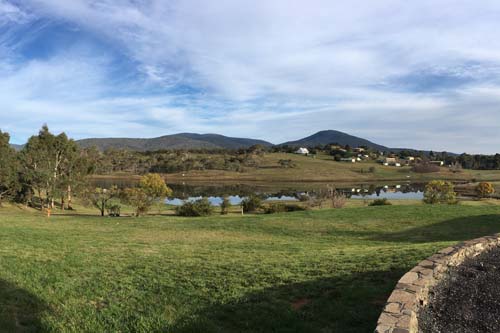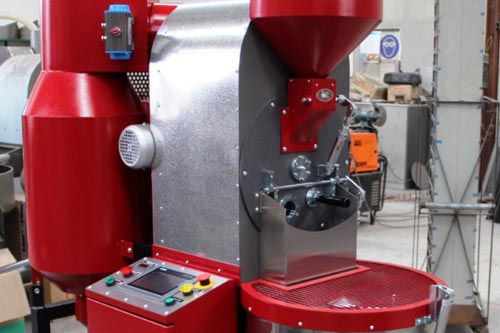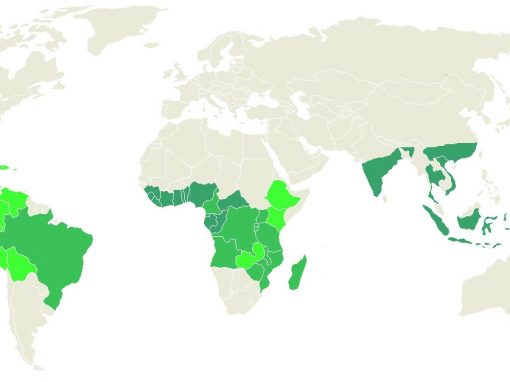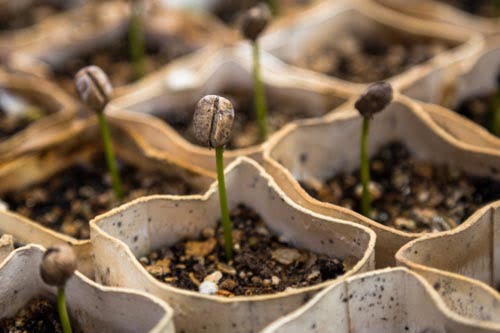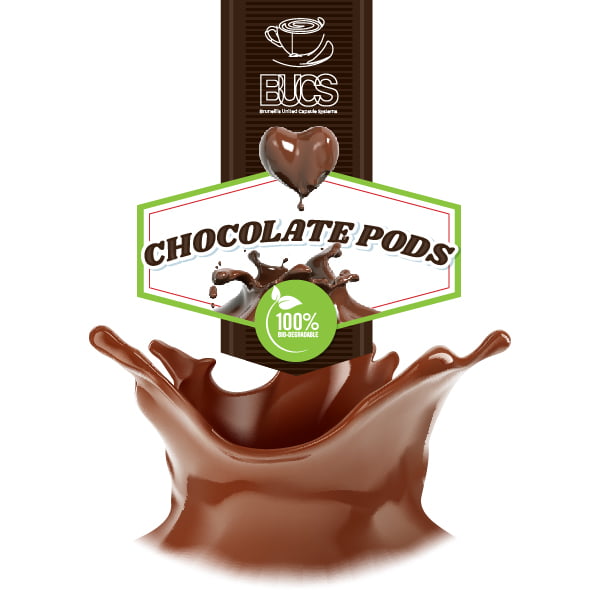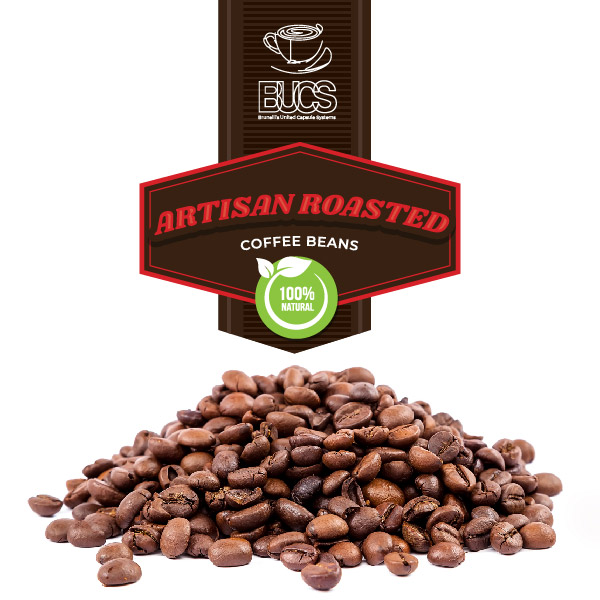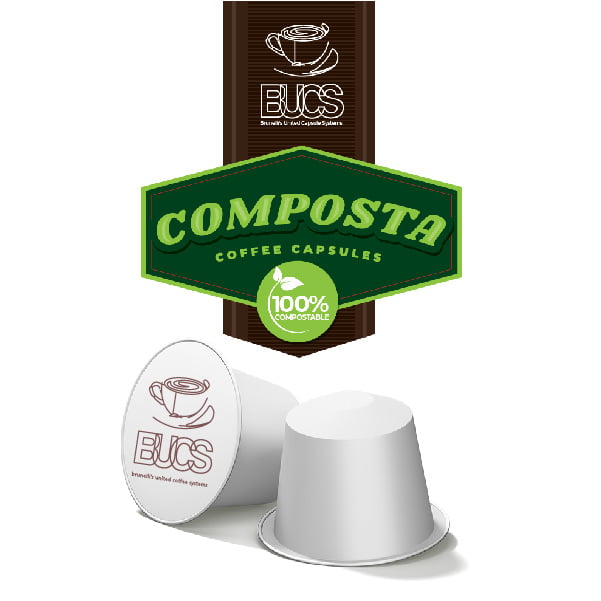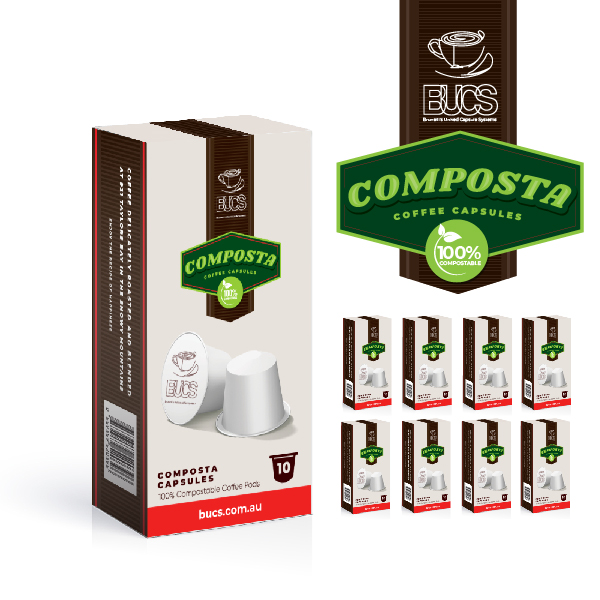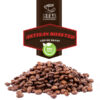OUT OF THE POUR
A well-realised espresso cultivating the exclusively high-quality Arabica is beautifully fragrant, sweet with a slight and pleasant acidity and often chocolaty, And an aftertaste of caramel and just a mild hint of bitterness.
The rich, creamy layer, otherwise known as “creme”, should have a golden light brown hue, rippled with tiger-like stripes.
Coffee grows in tropical and equatorial regions, where it is always spring or summer. It is the beginning of the rainy season that triggers the Arabica plants to flower, fragrant and white. Eight or nine months after flowering grows the fruit: It is deep red, shiny and plump like cherries, each containing two Arabica seeds, or beans.
With rain, the fruit flourishes, and a careful harvesting process begins. As it is possible to have ripe and unripe fruit occupying the same plant, a precision harvesting is critical.

THE ARABICA BEAN
The coffee plant is an evergreen shrub, classified under the genus Coffea, and part of the botanical family Rubiaceae. Arabica, the finest quality of all the species of Coffea, represents 59% of the world’s coffee production. Genetically Arabica is the only species with 44 chromosomes of Coffea. Chemically, Arabica’s caffeine content varies from 0.9 to 1.7% of each bean’s volume.
Arabica originated in the highlands of Ethiopia. It is sensitive to hot and humid conditions, and grows at altitudes of 2.0 – 2.5 kilometres. With the emergence of new technologies and higher quality characteristics during roasting process, has led to an association with Arabica grown at higher altitudes.

BUCS - taste the difference
Some Interesting Information For You!

